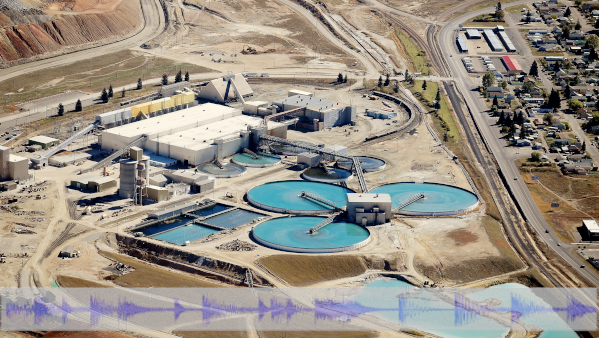
Mining operations produce a significant amount of waste, the most common being tailings. Tailings are the by-products of ore processing that can contain harmful chemicals and materials. Improper management of tailings can have detrimental effects on the environment, including water pollution, soil contamination, and habitat destruction. This article explores the environmental impact of tailings management mining industry, the challenges associated with it, and the innovative solutions being developed to address these issues.
Environmental Impact of Tailings Management
Water Pollution
- When tailings are not properly contained, they can leach harmful chemicals into nearby water sources.
- This contamination can have a devastating impact on aquatic life and local communities that rely on these water bodies for drinking water and irrigation.
Soil Contamination
- Tailings can also contaminate soil, affecting plant growth and agricultural productivity in the surrounding area.
- Heavy metals and other toxins present in tailings can persist in the soil for years, posing a long-term threat to the ecosystem.
Habitat Destruction
- Improper disposal of tailings can lead to habitat destruction, including the loss of vegetation and disruption of wildlife populations.
- This can have cascading effects on the entire ecosystem, leading to decreased biodiversity and ecosystem resilience.
Challenges in Tailings Management
Lack of Regulation
- In many regions, there is a lack of stringent regulations governing the management of tailings, allowing mining companies to cut corners and prioritize cost savings over environmental protection.
- This lack of regulation makes it challenging to hold companies accountable for their impact on the environment.
Cost and Resource Constraints
- Properly managing tailings requires significant financial investment and resources, which can be a barrier for smaller mining operations or companies operating in developing countries.
- Many companies struggle to balance the financial costs of responsible tailings management with their bottom line.
Legacy Issues
- Historical mining operations have left behind a legacy of abandoned tailings dams and contaminated sites that continue to pose a threat to the environment.
- Cleaning up these legacy issues can be complex and costly, requiring innovative solutions and technology.
Innovations in Tailings Management
Advanced Dewatering Techniques
- New dewatering techniques are being developed to reduce the moisture content of tailings, making them easier to manage and store.
- This can help minimize the risk of water pollution and improve the overall stability of tailings dams.
Integrated Tailings Management Systems
- Companies are implementing integrated tailings management systems that incorporate best practices for tailings disposal, containment, and monitoring.
- These systems aim to minimize environmental impact and ensure compliance with regulations and industry standards.
Alternative Tailings Storage Methods
- Researchers are exploring alternative methods of storing tailings, such as backfilling underground mines or using them for land reclamation and construction purposes.
- These innovative approaches have the potential to reduce the environmental footprint of mining operations and provide additional value from tailings.
Conclusion
The environmental impact of tailings management in the mining industry is a complex and challenging issue that requires careful consideration and innovative solutions. While there are significant challenges associated with responsible tailings management, there are also opportunities for companies to adopt new technologies and practices to minimize their impact on the environment. By prioritizing environmental stewardship and investing in sustainable tailings management practices, the mining industry can help mitigate the environmental risks associated with its operations and contribute to a more sustainable future.
